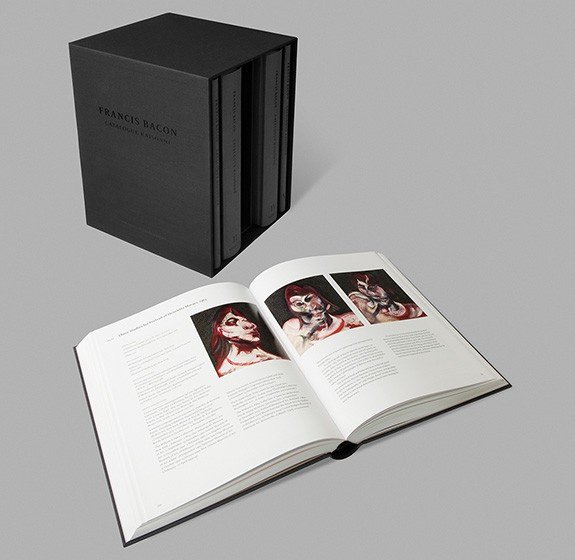Art: a Brief History Read Online

The exploration of Art: a Brief History Read Online reveals a rich tapestry woven from diverse cultural expressions and transformative movements. Beginning with the earliest cave paintings, this journey through time highlights how art reflects societal values and technological advancements. Key figures, such as Leonardo da Vinci and Pablo Picasso, emerge as pivotal influences, demonstrating the profound relationship between individual creativity and collective identity. As we consider these elements, one must ponder how contemporary innovations continue to shape artistic practices and redefine our understanding of what art can be. What implications does this evolution hold for the future of artistic expression?
The Origins of Art
From the earliest cave paintings to intricate carvings, the origins of Art: a Brief History Read Online can be traced back to humanity’s fundamental impulse to express and communicate.
These prehistoric symbols served not only as decoration but also as a means of storytelling and cultural identity. Through their depiction of animals and human figures, they reveal the complex relationship between early humans and their environment, emphasizing the innate desire for connection and understanding.
Read more: Desktop:8i7enxv5w50= Funny Wallpapers
Major Artistic Movements
Throughout history, major artistic movements have emerged as reflections of societal changes, cultural shifts, and philosophical developments.
Abstract expressionism, with its emphasis on spontaneity and personal expression, challenged traditional aesthetics, while the rise of digital art redefined creativity in the technological age.
Both movements illustrate the evolving relationship between art, identity, and freedom, highlighting how artistic endeavors serve as a mirror to contemporary life.

Influential Artists Throughout History
Artistic movements are often shaped and defined by the vision of influential artists who challenge conventions and push boundaries.
Renaissance masters like Leonardo da Vinci utilized innovative artistic techniques that revolutionized representation, while modern innovators such as Pablo Picasso redefined form and perspective.
These artists, influenced by their cultural contexts, have left an indelible mark, inspiring future generations to explore and expand the possibilities of artistic expression.
The Impact of Technology on Art
In recent decades, the intersection of technology and art has transformed creative practices, reshaping how artists conceptualize, produce, and disseminate their work.
Digital mediums have expanded the boundaries of artistic expression, allowing for innovative techniques and broader audience engagement.
Furthermore, technology plays a crucial role in art preservation, ensuring that cultural heritage remains accessible and intact for future generations, thereby enhancing the dialogue between past and present.
Read more: Art: a Brief History Pdf Free Download
Conclusion
The trajectory of Art: a Brief History Read Online expression illustrates a profound interplay between creativity and culture. From the primal power of prehistoric paintings to the digital dynamism of contemporary creations, art serves as a mirror reflecting societal shifts and technological advancements. Influential artists have shaped the landscape of visual storytelling, each movement marking a milestone in the evolution of aesthetics. Ultimately, art remains a vibrant vessel of human experience, capturing the complex choreography of identity, innovation, and inspiration throughout history.






